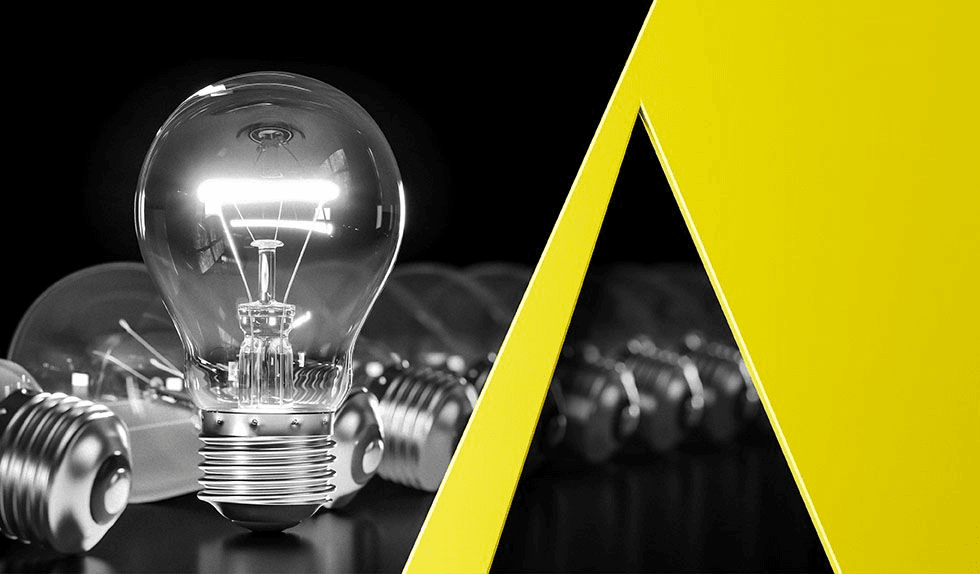For background, the asserted claims of the patent-at-issue (U.S. Patent No. 7,941,207) are directed to a device or system that implements a particular method of detecting and distinguishing troublesome, irregular heartbeats (i.e., “atrial fibrillation or atrial flutter”) from non-troublesome heartbeats. The method measures beat-to-beat variability in heart rates and generates an event for relevant variability.
In district court proceedings, the defendant filed an early Rule 12(b)(6) motion to dismiss for failure to state a claim, arguing that the asserted claims are directed to patent-ineligible subject matter under § 101. Ruling on the motion, the district court determined that, under step one of the Alice test, the asserted claims are directed to the patent-ineligible abstract idea that certain troublesome heartbeats “can be distinguished by focusing on the variability of the irregular heartbeat,” and that the claims simply automate known techniques. Plaintiff appealed.
On appeal, citing its ruling in Berkheimer v. HP Inc., 881 F.3d 1360, 1365 (Fed. Cir. 2018), the Federal Circuit maintained that a determination that a claim is directed to patent-in-eligible subject matter is a question-of-law, potentially containing underlying issues of fact, that is reviewed de novo. Applying First Circuit procedural law for a dismissal for failure to state a claim, the Federal Circuit also maintained that such dismissals are reviewed de novo, accepting as true all well-pleaded facts alleged in the complaint and drawing all reasonable inferences in favor of the non-moving party.
Turning to step one of Alice, the Federal Circuit framed the issue on appeal as “whether the claims ‘focus on a specific means or method that improves the relevant technology or are instead directed to a result or effect that itself is the abstract idea and merely invoke generic processes and machinery.’” Ultimately, the court ruled that the claims are patent-eligible because they are “directed to an improved cardiac monitoring device and not to an abstract idea.”
The court relied heavily on the written description of the asserted patent, which according to the court “identifie[d] a number of advantages gained by the elements recited in the claimed cardiac monitoring device.” Given the practice, at stage 12(b)(6), of construing all facts and drawing all reasonable inferences in favor of the non-moving party, the court accepted statements of advantage in the specification as true and “consider[ed] them important in [its] determination that the claims are drawn to a technological improvement.” The court further noted that nothing in the record “suggests that the claims merely computerize pre-existing techniques for diagnosing atrial fibrillation and atrial flutter.”
Moreover, the court ruled that it was unnecessary—for the purpose of informing a determination of whether the asserted claims are directed to automating a practice long used by doctors—to remand to the district court the issue of the state-of-the-art as of the invention date. According to the court, Alice step one presents a legal question that can be answered based on the intrinsic evidence. In particular, the court reasoned, “the analysis under Alice step one is whether the claims as a whole are ‘directed to’ an abstract idea, regardless of whether the prior art demonstrates that the idea or other aspects of the claim are known, unknown, conventional, unconventional, routine, or not routine.” The court continued that it “need not consult the prior art to see if, in fact, the assertions of improvement in the patent’s written description are true,” given the stage of the motion.
Further, the court opined that courts are free to “consult the plain claim language, written description, and prosecution history and, from these sources, conclude that the claims are directed to automating a longstanding or fundamental practice.” Nevertheless, the court stated that “[i]f the extrinsic evidence is overwhelming to the point of being indisputable, then a court could take [judicial] notice of that and find the claims directed to the abstract idea of automating a fundamental practice, [] but the court is not required to engage in such an inquiry in every case.”
Practice Tip:
This case suggests that a patent’s written description is paramount in determining whether the claims are patent eligible at the 12(b)(6) stage. To that end, patent practitioners may consider providing ample descriptions of advantages that a claimed invention may have over prior art alternatives. Such descriptions could be dispositive in defending against early motions based on § 101.


